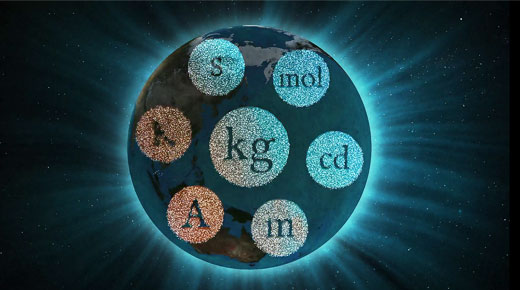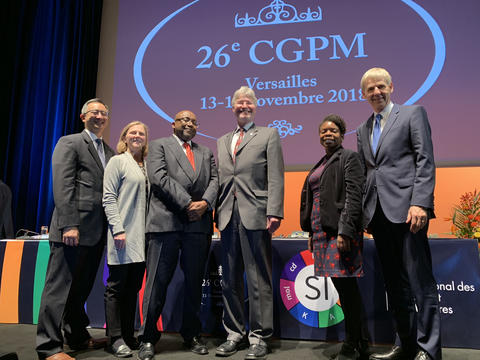A convocation of delegates representing 60 countries voted last month in Versailles, France, to implement the most significant change to the International System of Units (SI) in more than 130 years. For the first time, all measurement units will be defined by natural phenomena rather than by physical artifacts. The event was the 26th General Conference of Weights and Measures and was hosted by the International Bureau of Weights and Measures.
|
ADVERTISEMENT |
Although consumers and most industries will not notice immediate impacts, scientists expect the change ultimately to inspire new technologies and to reduce the cost of calibrating industrial processes and scientific instruments.
…


Add new comment